
The world of music recently bid farewell to Hermeto Pascoal, the eccentric and prolific Brazilian multi-instrumentalist, composer, and arranger, who passed away at the age of 89. Known affectionately across Brazil and the globe as “The Sorcerer of Sounds” and “The Mad Genius,” Pascoal transcended conventional musical boundaries, leaving an indelible mark on jazz, Brazilian popular music, and beyond. His family announced his passing with serenity and love, noting that he had moved on to the spiritual realm, surrounded by family and fellow musicians, urging all to remember his teachings: “let us not be ruled by sadness: listen to the wind, the birds, a glass of water, a waterfall — universal music keeps breathing.”
Pascoal was an instantly recognizable figure, distinguished by his wild mane of white hair and a thick beard, a striking appearance that mirrored the untamed creativity of his musical genius. Yet, beneath this ‘wild man’s appearance’ lay a passionately serious musician and composer, one who approached every sound, every moment, as a sacred opportunity for musical expression. His life’s work was a testament to a philosophy where music was not merely an art form but an inherent part of existence, a continuous flow that could manifest from the most unexpected sources.
His passing, attributed to multiple organ failure according to The Hospital Samaritano Barra in Rio de Janeiro, marks the end of an era defined by unparalleled innovation and a relentless pursuit of sound. Pascoal’s journey from a childhood of rural privation to becoming a favorite of jazz musicians and audiences worldwide is a story of resilience, self-discovery, and an unwavering commitment to a truly universal music. This article delves into the early chapters of his extraordinary life and career, exploring the foundations of his ‘mad genius’ and the unique path he carved in the annals of music history.
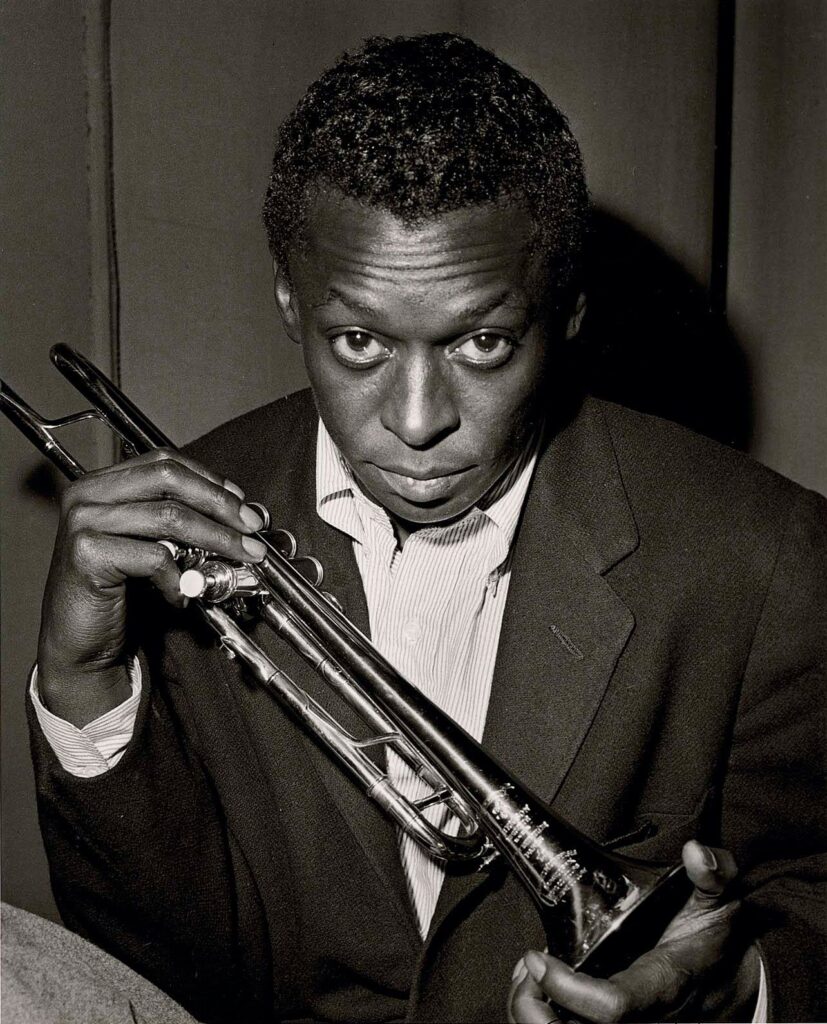
1. **The Sorcerer of Sounds: His Enduring Nicknames**Hermeto Pascoal carried several titles throughout his career, each one attempting to encapsulate the indescribable essence of his musical spirit. “The Sorcerer of Sounds” and “The Mad Genius” were not just catchy sobriquets but genuine reflections of an artist who conjured music from thin air, transforming the mundane into the magical. These names, particularly ‘O Bruxo’ (The Sorcerer) in Brazil, highlighted his almost mystical ability to perceive and create sound where others heard only silence.
His distinctive appearance—long, unkempt white hair, a thick beard, and a ‘childlike demeanor’—only reinforced these mystical associations. This image, however, belied a profound seriousness about his craft. While he might have appeared whimsical, his dedication to playing and composing was absolute, making him a figure of both fascination and deep respect among his peers and audiences alike. The names were a shorthand for his unique artistic identity.
Even jazz legend Miles Davis, a man known for his discerning eye and sharp wit, recognized Pascoal’s singular brilliance. Davis affectionately referred to him as “that crazy albino,” a moniker that Pascoal himself embraced. This nickname, though seemingly informal, came from one of the most important musicians on the planet and underscored Pascoal’s distinctiveness, acknowledging not only his physical condition but also his extraordinary, almost unbelievable, musicality. It spoke volumes of the impact he had on a master like Davis.

2. **A Musical Alchemist: Blending Genres Without Labels**Hermeto Pascoal’s music was a vibrant tapestry woven from countless threads of sound, stubbornly resisting any single classification. He created compositions that ‘defied fixed labels,’ openly rejecting the confines of genre. His aesthetic was one of ‘freedom — not free jazz but open-ended, zealous experimentation,’ reflecting a deep-seated belief that music should flow unimpeded by stylistic boundaries. This approach made his work a constantly evolving, unpredictable sonic experience.
His compositions were a rich fusion, mashing up traditional Brazilian forms like samba, MPB (Brazilian popular music), bossa nova, chorinho, forro, baião, and frevo with elements of jazz, classical music, musique concrète, and polyrhythmic jazz. This audacious blending meant that listeners were often treated to a ‘hurricane of multiple musics’ that could suddenly scatter ‘like rain showers across Pascoal’s intricately arranged melodies.’ He truly embodied his own statement: “I don’t play one style, I play nearly all of them.”
Pascoal himself acknowledged the fluid nature of his artistry. He once told Jazz World in 2022, “When they think I am doing one thing I am already doing something else… It’s very liquid.” This idea of music as a continuous, flowing entity, constantly morphing and refusing to be pinned down, was central to his artistic vision. It was this fluidity and his ability to seamlessly integrate diverse musical traditions that established him as a true musical alchemist, always experimenting and surprising.
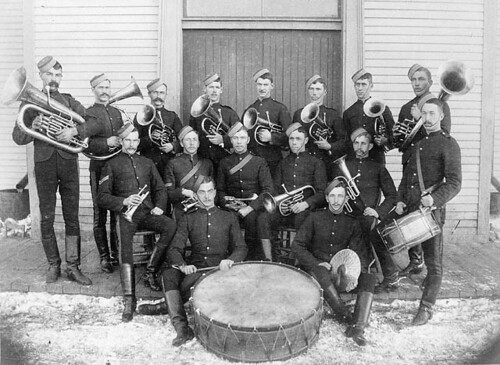
3. **Instruments Unimagined: Crafting Music from the Everyday**Perhaps one of the most striking aspects of Hermeto Pascoal’s artistry was his radical redefinition of what constitutes a musical instrument. For him, the entire world was an orchestra, and ‘everyday objects’ held the potential for profound sound. He approached his performances with an almost childlike wonder, uncovering hidden melodies and rhythms in the most unexpected places. This capacity to imagine music beyond conventional tools set him apart.
His concerts and recordings frequently featured a bewildering array of unconventional sound sources. Pints of beer, dolls, body parts, tea cups, bath toys, teapots, tuned bottles of water, bicycle pumps, chairs, anvils, and even his own beard were among the items he employed to create music. These weren’t mere gimmicks but integral parts of his compositions, demonstrating his extraordinary skill in ‘transforming everyday objects into sound sources.’ It was a playful yet deeply serious exploration of sonic possibilities.
This expansive view of instrumentation was rooted in his personal philosophy. As he articulated in a 2004 interview with The New York Times, “The instrument I like most is whatever instrument I happen to be playing at the moment.” He further elaborated on this, adding, “Since everything is an instrument, from the burble of water to a symphony orchestra, there is never a moment I am without music.” This profound statement reveals the core of his creative existence: a perpetual state of musical engagement with the world around him.

4. **The Piglet’s Squeal: A Landmark Moment on ‘Slaves Mass’**Among his many unconventional uses of instruments, one particular incident stands out as a testament to Hermeto Pascoal’s avant-garde spirit: the inclusion of live pigs on his 1977 album “Slaves Mass.” This wasn’t merely a fleeting experiment but a deliberate artistic choice that became an iconic, and sometimes controversial, symbol of his boundary-pushing creativity. It solidified his reputation as an artist unafraid to challenge norms.
While recording the album for Warner Bros. Records in 1976 (or 1977 in some accounts), Pascoal brought a pair of live pigs into the studio. His intention was to ‘play’ them as if they were bagpipes, incorporating their natural squeals into the opening of a track. This unique contribution showcased his fearless approach to sound texture and his belief that any sound could be harmonized into his musical vision. It was a moment that etched itself into music history.
The audacious act was not only captured sonically but also visually. A photograph of Pascoal holding one of the animals appeared on the back cover of “Slaves Mass.” This image became emblematic of his ‘amiable oddball’ persona, a visual representation of his willingness to embrace the unexpected and the natural world as an integral part of his artistic expression. The piglet’s squeal became a memorable, if startling, feature of his groundbreaking album.

5. **Childhood in Alagoas: Overcoming Adversity through Music**Hermeto Pascoal’s journey began on June 22, 1936, in Olho d’Água das Flores, a rural settlement in the impoverished northeastern Brazilian state of Alagoas. Born into a family of farmworkers, Pascoal José da Costa and Vergelina Eulália de Oliveira, his early life was marked by the ‘rural privation’ common to the region. This challenging environment, however, inadvertently laid the groundwork for his unique musical path, shaping his internal world and creativity.
A significant factor in Pascoal’s childhood was his albino condition. This genetic trait prevented him from working in the fields under the harsh tropical sun, unlike other members of his family. The inability to participate in strenuous outdoor labor meant he spent much of his time indoors, a circumstance that, while physically limiting, became a profound blessing for his artistic development. It was within these indoor confines that his musical inclination began to flourish.
His albino condition, coupled with ‘vision deficiencies,’ caused him to drop out of school in the fourth grade. Yet, this didn’t deter his learning; instead, his ‘ears guided him towards music.’ This early experience of physical limitation leading to artistic liberation became a defining characteristic of Pascoal’s life. It underscored how adversity can often become the catalyst for extraordinary creativity, forcing individuals to find alternative paths to expression and mastery.

6. **The Self-Taught Virtuoso: Early Mastery of Accordion and Fife**Deprived of formal schooling and outdoor labor due to his albinism, the young Hermeto Pascoal turned inwards, discovering a natural aptitude for music that he cultivated independently. His father’s small button accordion became his first teacher, an instrument he ‘taught himself to play’ at the tender age of seven. This early, intuitive engagement with music bypassed traditional instruction, allowing him to develop a uniquely personal and unconstrained style from the outset.
Not content with just one instrument, Pascoal also demonstrated an innate ingenuity by crafting his own fife from a dried gourd. This act of self-reliance and resourcefulness was characteristic of his entire career, foreshadowing his later use of everyday objects to create sound. His ability to fashion an instrument and teach himself to play it speaks volumes about his inherent musical curiosity and dedication, even in the absence of conventional resources or guidance.
By the age of 10, Pascoal was already performing professionally, playing at rural dances and weddings. This rapid ascent from self-taught child to performing musician highlights his prodigious talent and the intensity of his early musical development. The fundamental skills and profound connection to music he developed during these formative years, free from academic constraints, became the bedrock of his later genre-defying artistry and his philosophy of ‘universal music.’
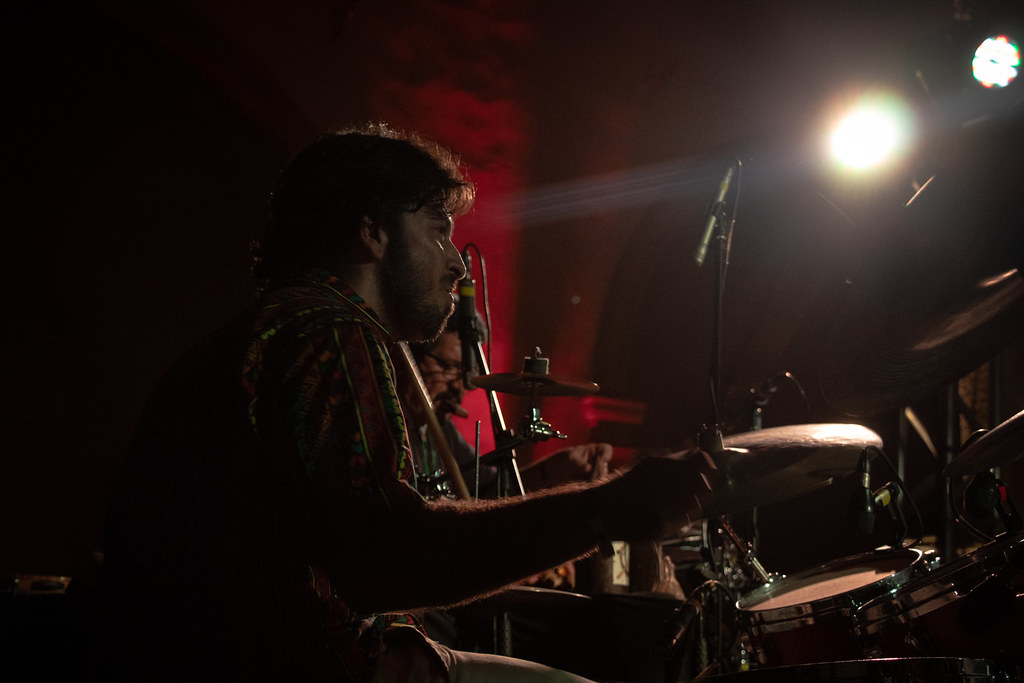
7. **From Recife to Rio: Forging a Path in Brazil’s Musical Landscape**Hermeto Pascoal’s early professional career saw him move beyond his rural beginnings, gradually making his mark on Brazil’s vibrant musical landscape. By the age of 14, word of his exceptional prowess had spread, leading to an invitation to join the house band of a radio station in Recife. This opportunity marked his entry into a more structured musical environment, where he continued to ‘develop his skills’ and gain exposure to a wider range of musical styles prevalent on local airwaves.
His journey then led him southward, first to Rio de Janeiro, Brazil’s then-capital, and subsequently to São Paulo. In these bustling urban centers, Pascoal immersed himself in the thriving nightclub scene, where he ‘discovered jazz’ and began performing. During this period, he wasn’t just performing; he was actively expanding his instrumental repertoire, dedicating his spare time to learning piano, flute, and saxophone, alongside his existing accordion skills. This period was crucial for his growth as a multi-instrumentalist.
A pivotal step in his career was joining the percussionist Airto Moreira in 1964 as part of Quarteto Novo. This group rapidly built a reputation for its versatility, backing major Brazilian stars like Edu Lobo and Geraldo Vandré, and even working with the emerging singer Elis Regina. Pascoal, playing both piano and horns in the quartet, quickly became known as an ‘adaptable, resourceful composer and an arranger who could write rapidly,’ showcasing his unique ability to ‘blend jazz and northeastern folk styles.’ It was through this group that he truly began to solidify his distinctive voice in Brazilian music.
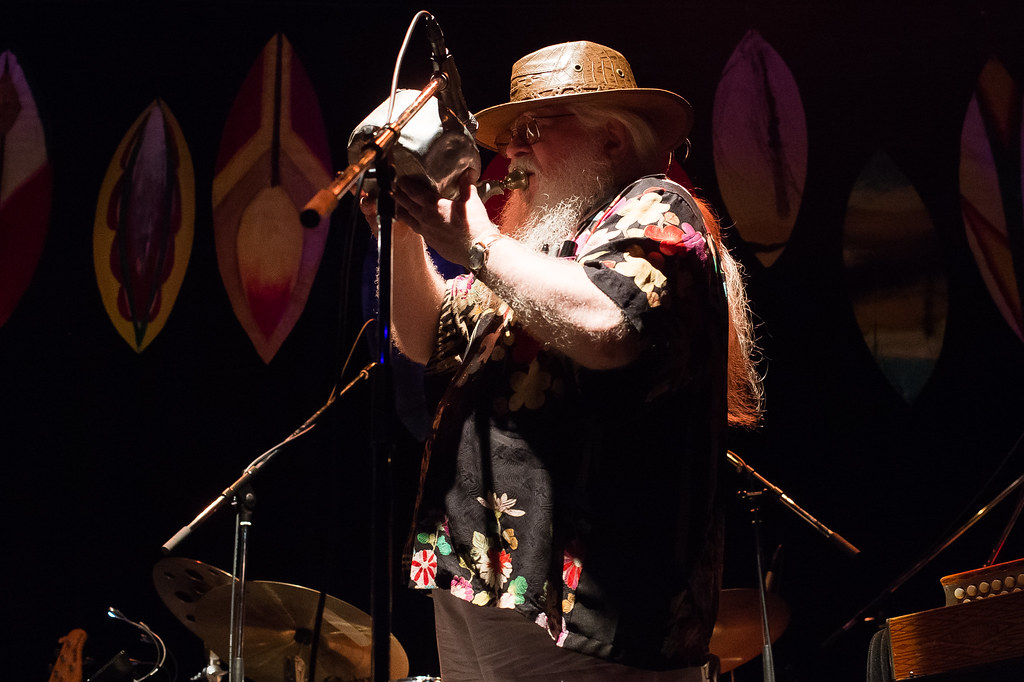
8. **The Miles Davis Connection: A Global Launchpad**Hermeto Pascoal’s journey to international renown received a monumental boost through his association with the legendary jazz trumpeter Miles Davis. It was through the persistent urging of percussionist Airto Moreira, who had joined Davis’s ensemble, that Pascoal made his way to the United States in late 1969. This pivotal trip brought the Brazilian maestro into direct contact with one of the most influential figures in modern jazz, setting the stage for a period of intense creative exchange and global recognition.
Davis, a discerning and often outspoken artist, quickly recognized Pascoal’s singular genius. He affectionately referred to him as “that crazy albino,” a moniker that Pascoal himself embraced. More profoundly, Davis declared Pascoal to be “one of the most important musicians on the planet,” a statement that resonated deeply within the jazz community and underscored the immense impact Pascoal had on a master of Davis’s stature. This endorsement from such an iconic figure instantly elevated Pascoal’s profile on the world stage.
The collaboration culminated in Pascoal playing on Davis’s seminal 1971 album “Live-Evil.” This recording featured three compositions by Pascoal: “Igrejinha” (“Little Church”), “Nem Um Talvez” (“Not Even a Maybe”), and “Selim.” These pieces showcased Pascoal’s distinctive compositional voice, marked by complex harmonies and innovative structures, and further integrated his unique sound into the contemporary jazz idiom. His contributions to “Live-Evil” exposed his artistry to a vast international audience, firmly establishing him as a formidable presence beyond Brazil’s borders.
This brief yet profoundly fruitful association with Miles Davis truly kickstarted an international career for Hermeto Pascoal. It opened doors for him to tour extensively in the United States and Europe, allowing his unique vision and unparalleled musicality to reach audiences and influence musicians across continents. The reverberations of this early collaboration continued to shape his trajectory, leading to further collaborations and cementing his status as a global musical innovator.

9. **A Prolific Composer: An Endless Stream of Sound**Beyond his virtuosic multi-instrumentalism and genre-defying performances, Hermeto Pascoal was an extraordinarily prolific composer, a true fount of musical ideas that seemed to flow ceaselessly throughout his life. The Barbican, a renowned London venue, described him as an “iconic Brazilian composer” who had created “more than 10,000 compositions.” This staggering figure speaks to a lifetime dedicated to the relentless pursuit of sonic expression, a testament to his boundless creativity and disciplined output.
Indeed, the sheer volume of his work is remarkable. He reportedly wrote more than 2,000 instrumental pieces, many of them characterized by “quirky time signatures or harmonies.” In addition to his original works, Pascoal also orchestrated or arranged hundreds of other songs for various artists, showcasing his versatility and deep understanding of musical architecture. His compositional output spanned decades, reflecting a continuous evolution of his unique musical language.
His early recording efforts also demonstrated this prolificacy. After his influential work with Quarteto Novo, Pascoal released the “wildly psychedelic” Brazilian Octopus album in 1969. Subsequently, in 1971, he recorded his first album as a leader, a significant big-band session that featured a constellation of top-flight New York jazz musicians, including the bassist Ron Carter, the trumpeter Thad Jones, the flutist Hubert Laws, and the saxophonist Joe Farrell. These early independent projects laid the groundwork for his extensive discography, each album a new exploration of his inventive sound.
Even in his later years, Pascoal continued to compose and release new material with unwavering dedication. In 2024, he released the album “Pra Você, Ilza,” a deeply personal tribute to his late wife. This poignant work earned him the Latin Grammy for Best Latin Jazz/Jazz Album, demonstrating that his creative fire burned brightly and continued to be recognized for its excellence right up to the end of his life. This enduring stream of compositions formed the backbone of his monumental legacy.
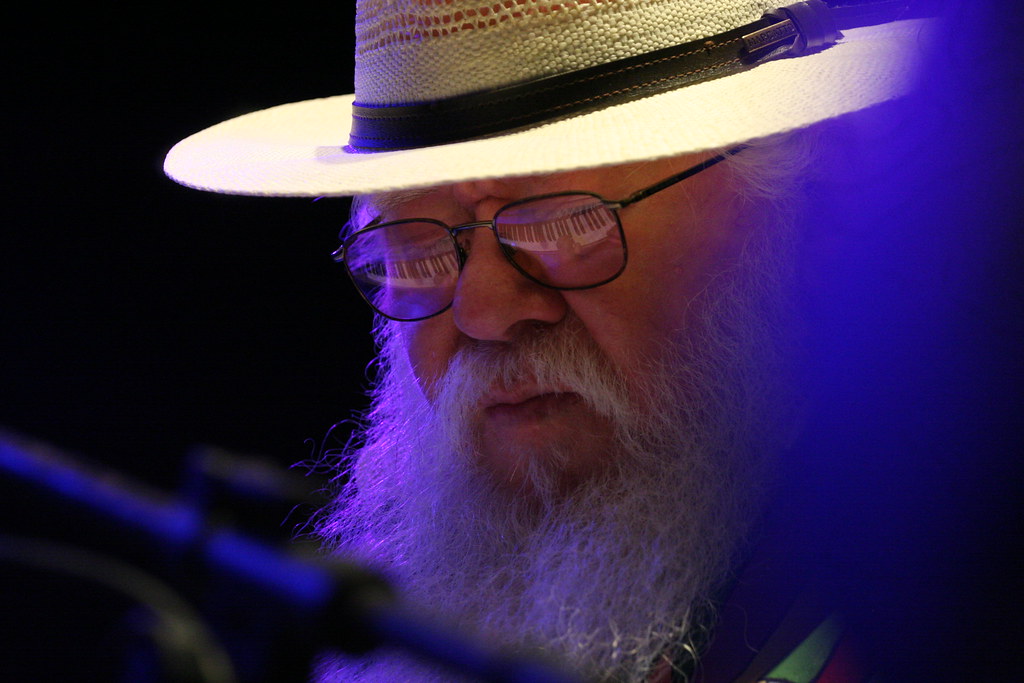
10. **The Calendar of Sound: A Year of Daily Melodies**Among Hermeto Pascoal’s many idiosyncratic projects, the “Calendário do Som” (Calendar of Sound) stands out as a unique and deeply personal endeavor that perfectly encapsulated his prolificacy and imaginative spirit. This whimsical project, undertaken between 1996 and 1997, saw him commit to writing one song every single day for an entire year, a challenge that few composers would even contemplate. It was a remarkable demonstration of his consistent creative drive and his belief in music as a perpetual force.
The core concept behind this ambitious undertaking was a deeply personal one: Pascoal wished that everyone could have a personalized birthday song. Beginning on his own birthday, June 22, this meant that the project included a song for every single day of the year, including February 29th, ensuring no date was left without its own unique melody. This intention highlighted his generosity of spirit and his desire to connect with people through his art on a deeply individual level.
While these daily compositions were never officially released on CD, the “Calendar of Sound” eventually found its form as a notated book. This publication became a revered collector’s item among musicians and scholars alike, offering a rare glimpse into the daily workings of Pascoal’s extraordinary mind and his spontaneous compositional process. The book served as a tangible manifestation of a year-long outpouring of musical ingenuity, a true treasure for those who appreciated his artistry.
The “Calendário do Som” was more than just a collection of songs; it was a profound testament to Hermeto Pascoal’s philosophy of music as an omnipresent, ever-flowing entity. It showcased his ability to find inspiration in the everyday and translate it into a structured, yet intuitively conceived, body of work. This project remains a powerful symbol of his ceaseless dedication to creation and his boundless capacity for musical invention.
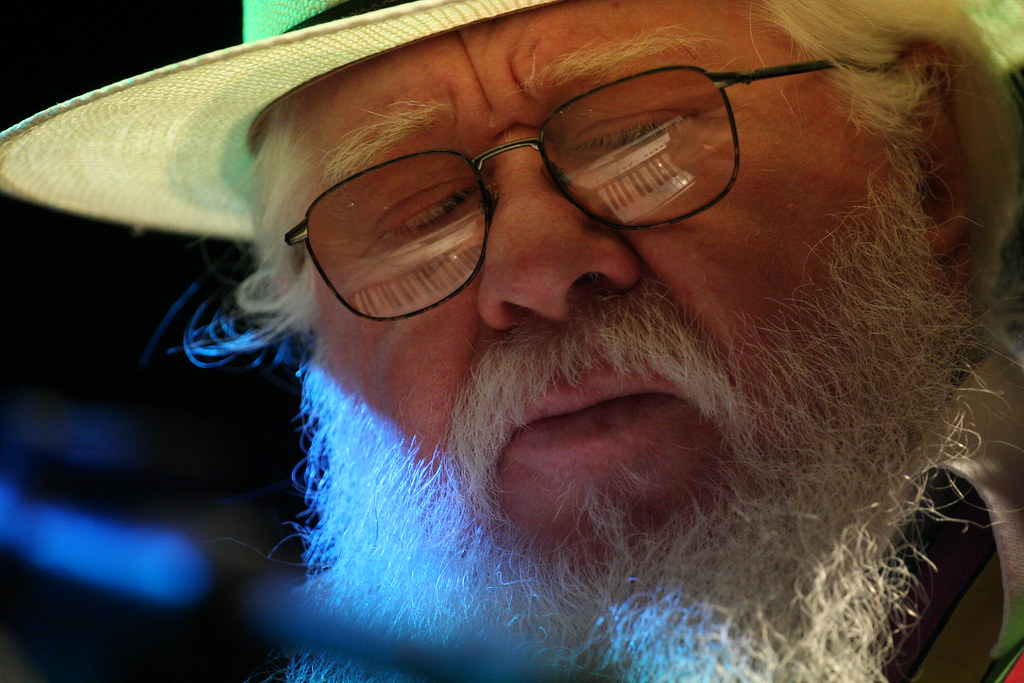
11. **Universal Music: A Philosophy of Spontaneous Creation**Hermeto Pascoal’s profound musical philosophy transcended mere aesthetics, defining his very existence. He often articulated his core belief with profound simplicity: “I was born music; I haven’t done anything without music.” This statement underscored his conviction that music was not merely an art form he practiced, but an intrinsic part of his being, a fundamental element woven into the fabric of his life from birth. It positioned him not just as a musician, but as a living embodiment of sound.
A cornerstone of his philosophy was the radical idea that “everything is an instrument.” He expanded on this, stating, “Since everything is an instrument, from the burble of water to a symphony orchestra, there is never a moment I am without music.” This expansive view meant that every sound, every noise, every element of the natural and artificial world held musical potential. It was this perception that fueled his legendary use of unconventional objects and allowed him to craft melodies and rhythms from the most unexpected sources.
His approach to creation was overwhelmingly intuitive and spontaneous. “I’m 100 percent intuitive,” he told NPR in 2017. “I don’t premeditate anything. I feel it.” This fluid, moment-to-moment engagement with sound meant that his music was in a constant state of becoming, always surprising both himself and his audience. He recognized this inherent fluidity, stating to Jazz World in 2022, “When they think I am doing one thing I am already doing something else… It’s very liquid.” This rejection of rigid planning allowed for a truly organic and dynamic musical expression.
For Pascoal, music was inherently sacred, permeating all aspects of life with equal weight and significance. “What I write on a toilet bowl is as important as what I write on any paper, because music is sacred,” he once declared to the Brazilian newspaper Folha de S.Paulo. This statement, delivered with characteristic playfulness and seriousness, perfectly encapsulates his view that inspiration could strike anywhere and that the act of creating music, regardless of its origin or medium, was an act of profound reverence. His life was, in essence, a continuous composition, a testament to his ‘universal music.’
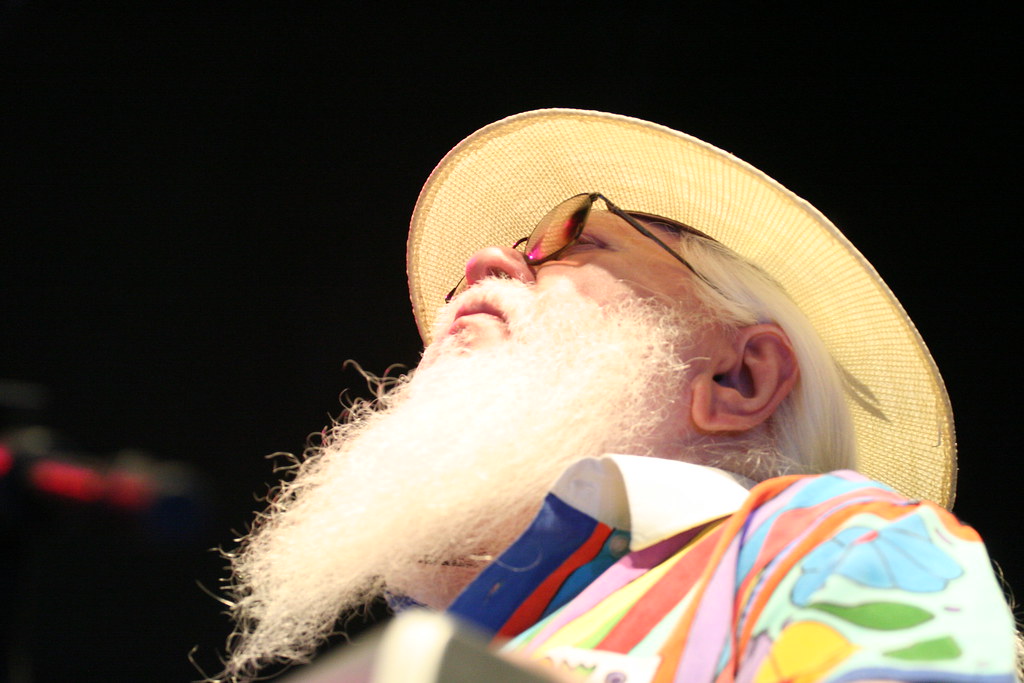
12. **Beyond Jazz Labels: Honoring Brazilian Roots and Other Collaborations**Despite earning the profound respect of jazz luminaries worldwide and actively contributing to the genre, Hermeto Pascoal steadfastly rejected the label of being solely a “jazz musician.” His identity was deeply intertwined with the rich tapestry of Brazilian music, and he insisted that his work owed as much, if not more, to traditional Brazilian forms such as chorinho, samba, baião, frevo, and forró. He saw himself as a creator of ‘universal music,’ a blend that transcended stylistic boundaries rather than adhering to any single one.
His early career was punctuated by significant collaborations within Brazil, demonstrating his deep engagement with his homeland’s musical landscape. He formed a novelty act with Sivuca, another albino accordionist, performing forró and other popular styles across northeastern Brazil, though the two were often confused. Quarteto Novo, which he joined with percussionist Airto Moreira, quickly built a reputation for its versatility, backing major Brazilian stars like Edu Lobo and Geraldo Vandré, and working with the emerging singer Elis Regina. These experiences grounded his artistry in the vibrant traditions he so cherished.
Internationally, his influence extended far beyond his work with Miles Davis. Numerous other esteemed jazz figures recorded his compositions, a testament to the broad appeal and innovative quality of his writing. Artists such as Cannonball Adderley, Gil Evans, John McLaughlin, and Charlie Haden recognized the distinctive brilliance in his melodies and harmonies, incorporating his work into their own repertoires. This widespread adoption of his music by diverse artists speaks volumes about its enduring quality and originality.
Further cementing his global standing and his refusal to be confined by genre, the renowned Kronos Quartet commissioned him to write a piece. The result, “Marcando Tempo” (“Marking Time”), became a regular part of their repertoire, showcasing his ability to compose for classical ensembles with the same inventive spirit he brought to jazz and folk. These varied collaborations highlighted his unique position as an artist who could seamlessly bridge diverse musical worlds.
His continued presence on the international circuit meant that as Brazil became a more popular touring destination, foreign musicians like Stan Getz, Dizzy Gillespie, and Chick Corea would often invite Pascoal to join them onstage during their performances in Rio or São Paulo. This ongoing exchange with global talent reaffirmed his standing as a universally respected and sought-after musical voice, perpetually exploring new sonic frontiers while remaining deeply connected to his Brazilian heritage.
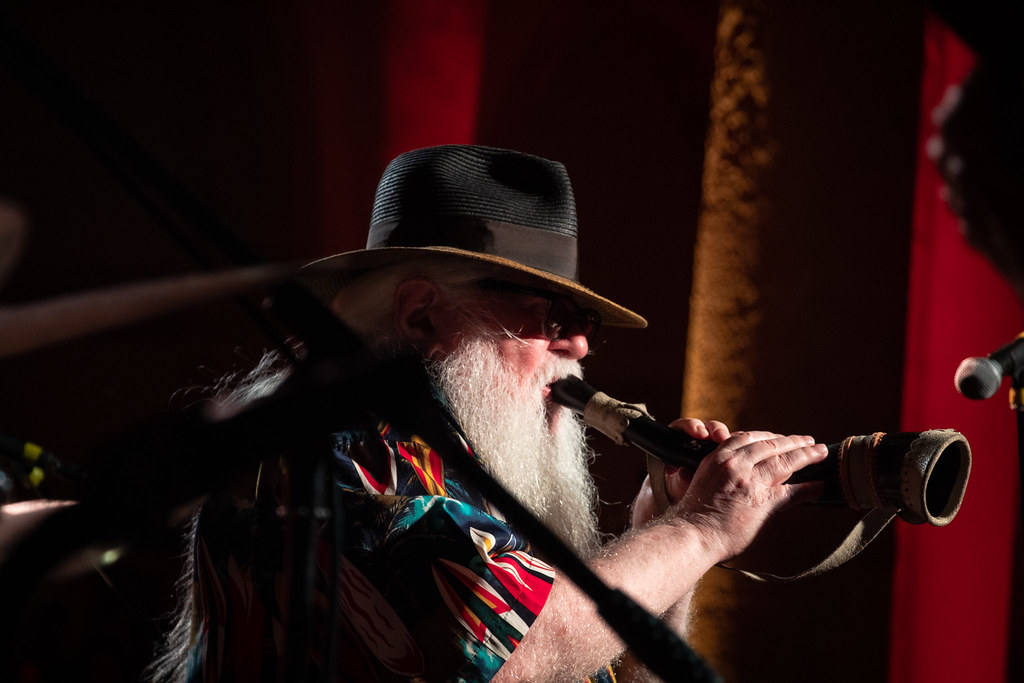
13. **The Barbican to Juilliard: Enduring International Acclaim**Hermeto Pascoal’s unparalleled contribution to music continued to garner significant international acclaim throughout his later life, culminating in prestigious recognitions from leading cultural institutions. The Barbican, a prominent arts venue in London where Pascoal was scheduled to perform, aptly described him as an “iconic Brazilian composer.” This designation reflected his status as a titan of music, admired not just for his past achievements but for his ongoing creative vitality.
In a landmark moment that underscored his profound impact on global music education, Pascoal was awarded an honorary doctorate in music by the esteemed Juilliard School in 2023. This honor, presented by the renowned jazz trumpeter Wynton Marsalis, was a fitting tribute to a self-taught maestro who, despite dropping out of school in the fourth grade due to vision deficiencies, had become a pivotal figure in the world of advanced musical thought and practice. It highlighted the universal language of his genius.
Wynton Marsalis, addressing Pascoal as “exalted master” during the ceremony, delivered a powerful commendation. He described Pascoal as a “towering central figure” whose “influence and creativity are felt in every corner of the world.” Marsalis further emphasized Pascoal’s relentless creative spirit, noting his “compulsive composer with a constant flow of fresh ideas which you write on paper napkins, concert programs, hats… and that you draw like artwork on the walls that you pass. Every day, anyway, anywhere and everywhere, you write with intensity and with a burning, unquenchable fury.”
This academic recognition from an institution as distinguished as Juilliard was a profound testament to Pascoal’s extraordinary talent and enduring legacy. For an artist whose musical journey began in rural privation and was forged through intuition and self-discovery, receiving such an honor symbolized the universal appeal of his unique musical philosophy. It affirmed that true genius transcends formal training and academic pathways, echoing the powerful influence he held over generations of musicians globally.
Hermeto Pascoal is survived by six children—Jorge, Fabio, Flávia, Fátima, Fabiula, and Flávio—as well as 13 grandchildren and 10 great-grandchildren. His family, deeply imbued with his teachings and spirit, stands as a testament to the personal legacy of a man who saw music not just as notes and rhythms, but as the very essence of life itself. His “universal music” will undoubtedly continue to resonate, inspiring artists and audiences to listen more closely to the world around them, to find melody in the mundane, and to embrace the joyful, untamed spirit of creation that defined his extraordinary existence.



